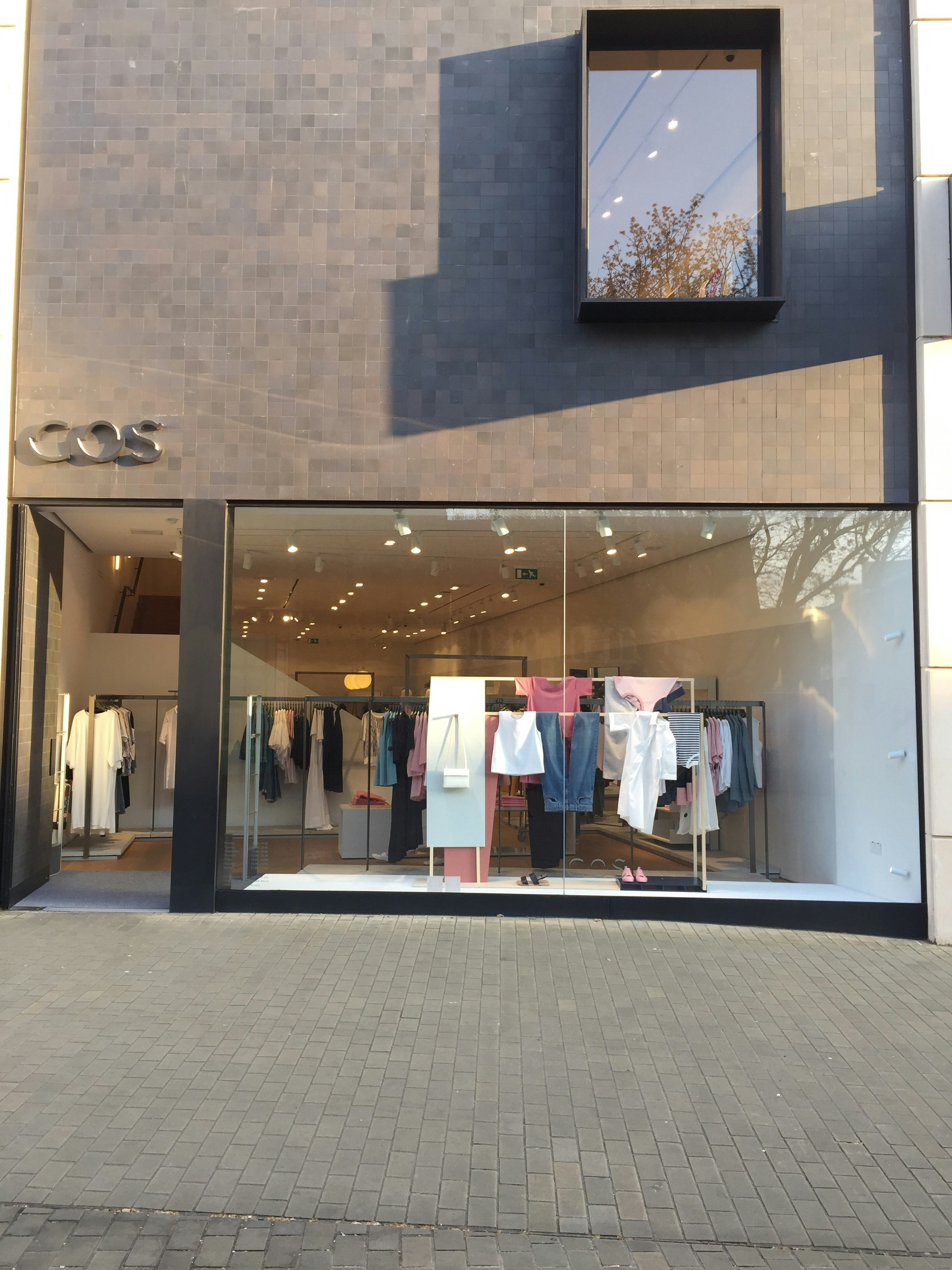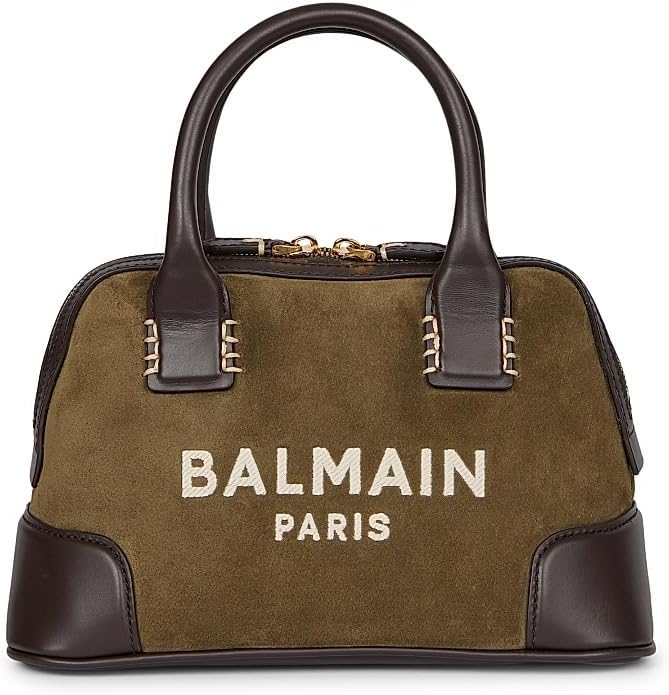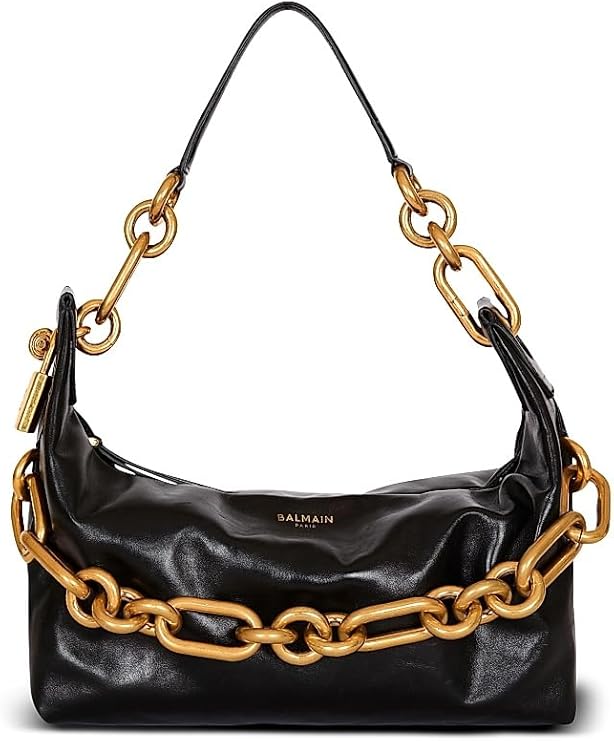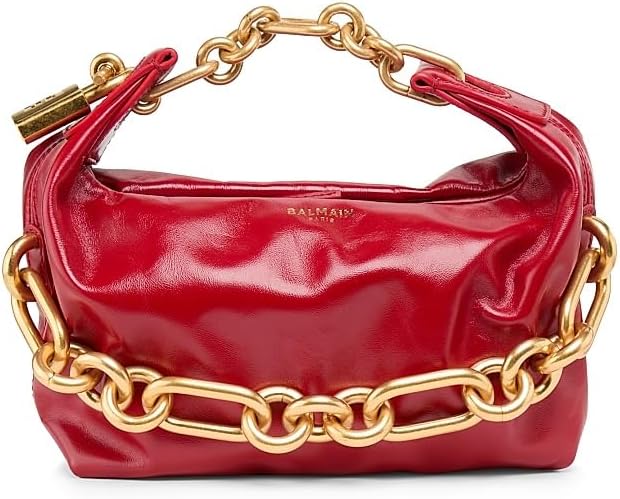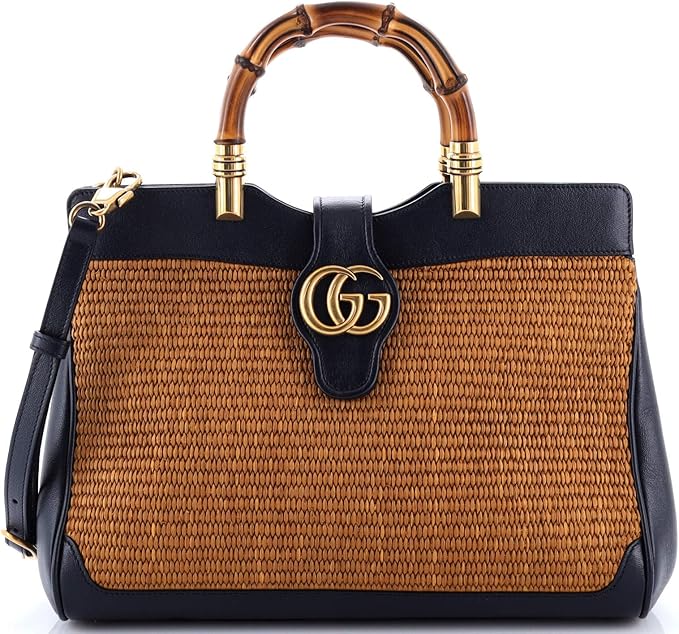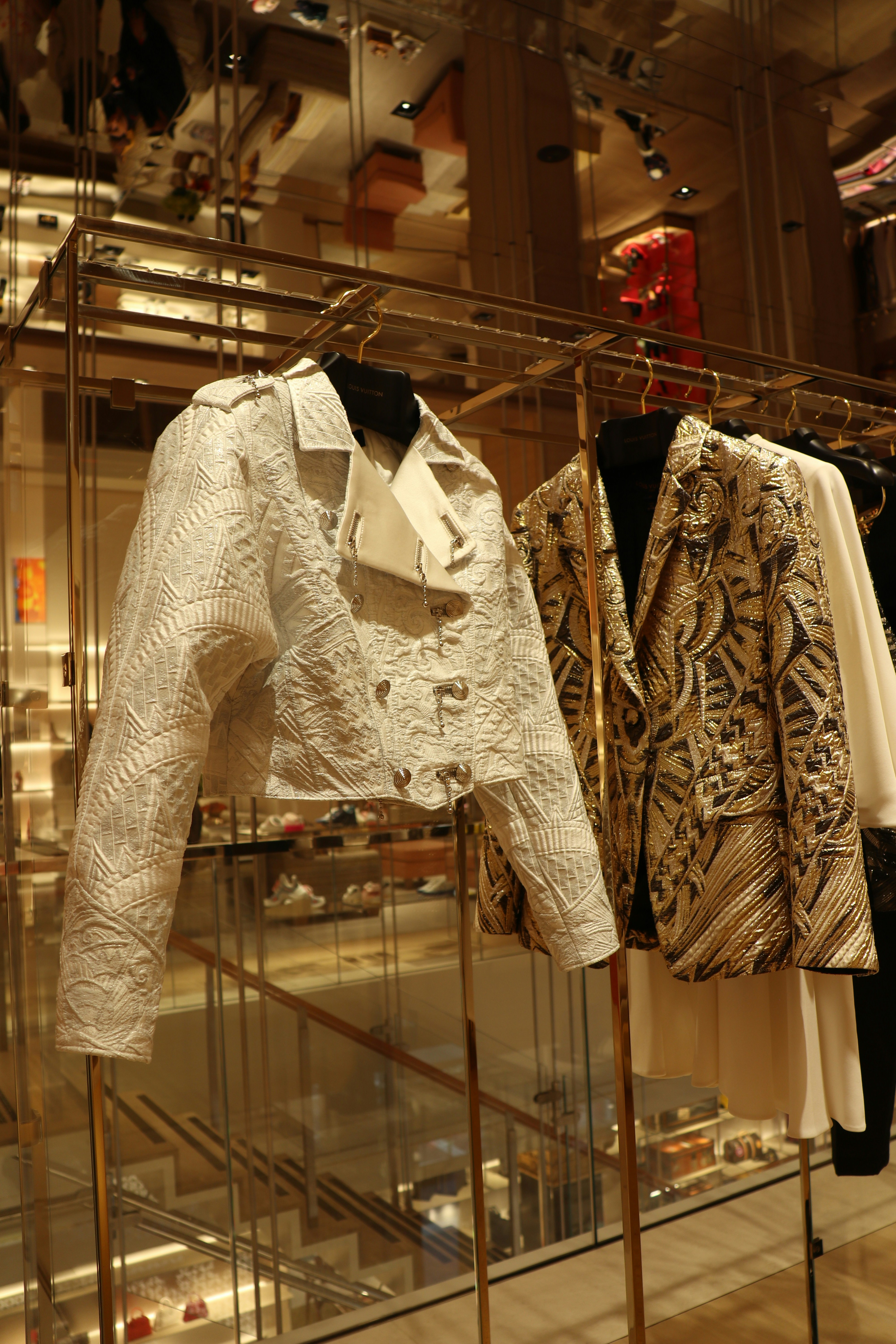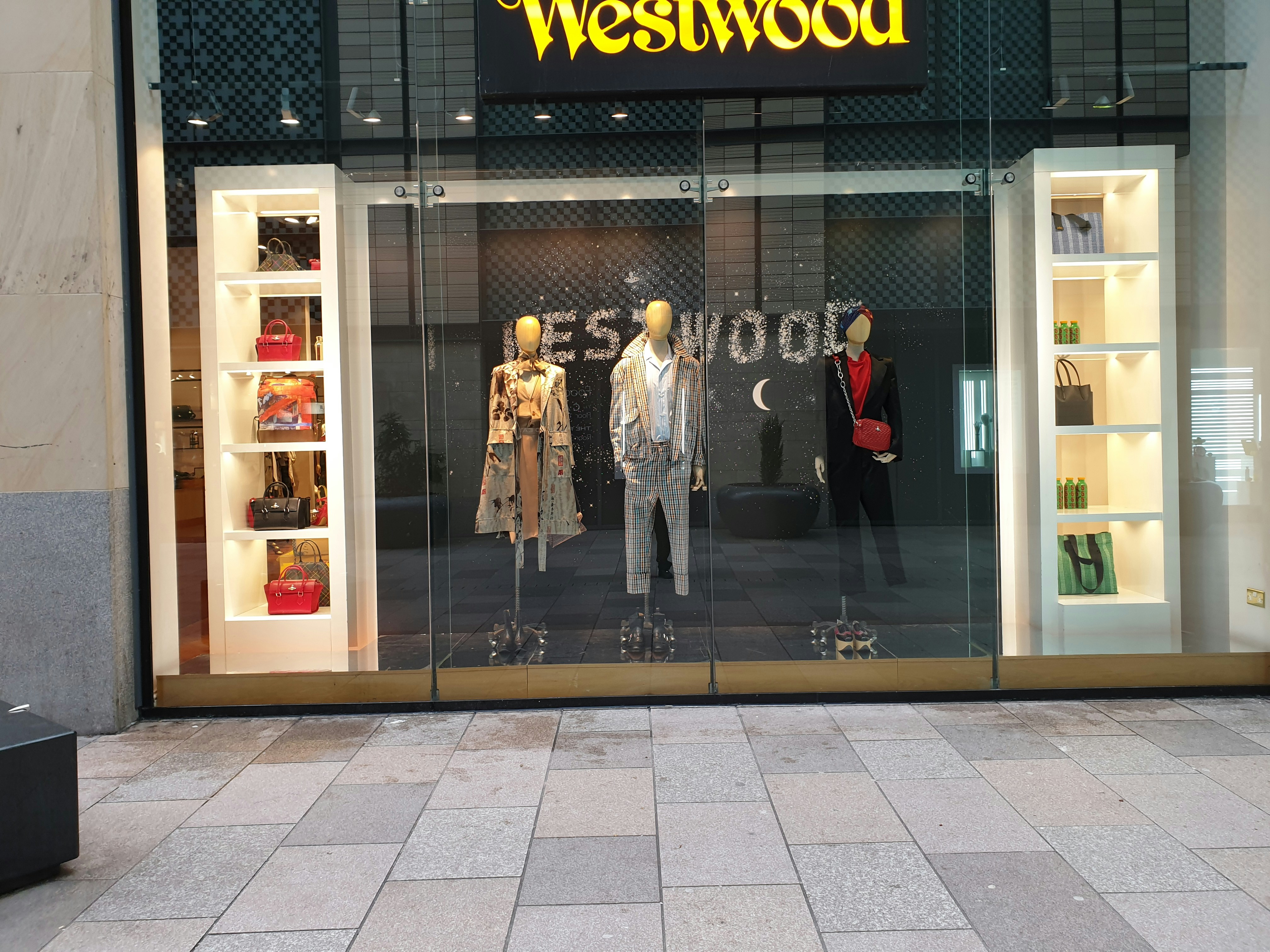The Origins of Zara: A Fashion Revolution
Zara, the iconic fashion retailer, was founded in 1974 in the coastal city of A Coruña, Spain, by Amancio Ortega and Rosalía Mera. The inception of Zara marked the beginning of a significant transformation in the fashion industry, as Ortega and Mera aimed to create a business model centered around rapid fashion distribution. This innovative approach focused on swiftly bringing the latest trends from the runway to retail stores, catering to the ever-evolving tastes of consumers. At its core, Zara’s vision was to democratize fashion by making stylish clothing accessible, not just to the affluent, but to the wider public.
The early years of Zara were characterized by both challenges and strategic advancements. Initially, the brand faced stiff competition in the Spanish market, coupled with the skepticism surrounding its unconventional business model. However, Ortega’s insightful understanding of consumer behavior and his keen eye for emerging trends allowed Zara to differentiate itself from competitors. The brand adopted a unique strategy that emphasized short production cycles, enabling it to introduce new designs to stores within just weeks. This responsiveness to market demand became a defining feature of what is now recognized as fast fashion.
Zara approached manufacturing and distribution with an innovative mindset. By maintaining a close relationship with suppliers and employing just-in-time production techniques, the company could adapt its offerings to suit the latest consumer preferences. This agile system not only streamlined inventory management but also minimized the risks associated with overproduction. Furthermore, Zara’s commitment to limited runs of each design fostered a sense of exclusivity, encouraging customers to purchase items quickly for fear of missing out. Consequently, Zara quickly evolved into a pioneer of the fast fashion movement, setting new standards in the retail landscape.
Defining Fast Fashion: Speed, Style, and Accessibility
Fast fashion is a retail phenomenon that transforms the traditional fashion market by making clothing more available, trendy, and affordable. At the heart of this concept lies the ability to reduce the time between design, production, and retail, thereby offering consumers access to the latest runway trends almost instantaneously. Zara, as a pioneer in the fast fashion landscape, exemplifies how this model revolutionizes the fashion industry by narrowing the extensive cycle to mere weeks, significantly altering consumer behavior and standards.
The key to Zara’s successful business model is its innovative supply chain management, which allows for rapid responsiveness to market demands. By leveraging advanced logistics, Zara can monitor real-time sales data and customer preferences. This capability ensures that inventory is efficiently managed, which not only minimizes surplus stock but also maximizes the trend-conscious appeal of its collections. Such precision in inventory control fundamentally shapes the shopping experience, enticing consumers to revisit stores frequently out of fear of missing out on limited items.
Additionally, the role of technological advancements cannot be understated. Tools such as artificial intelligence and data analytics have become essential in fast fashion, enabling brands to anticipate style shifts and adjust offerings accordingly. The feedback loop established by customer interactions informs design decisions, ensuring that the products resonate well with consumer preferences without prolonged development periods. However, this rapid production and consumption cycle have raised critical questions about sustainability and ethical practices within the fashion industry, pushing for a complex discussion about its long-term viability.
Ultimately, fast fashion has redefined not just how clothes are designed and sold, but also how consumers engage with fashion itself. The allure of immediacy in trends continues to shape the market, with Zara leading the charge in delivering accessible, stylish options to a global audience.
The Double-Breasted Blazer: A Timeless Staple
The double-breasted blazer has secured its position as a quintessential piece within Zara’s expansive collection, epitomizing the brand’s commitment to blending high fashion with accessible style. This garment has consistently evolved, retaining its core attributes while adapting to the fluctuating dynamics of the fashion industry. Key design elements such as structured shoulders, a fitted silhouette, and overlapping front panels all contribute to its commanding presence, making it a favorite among fashion enthusiasts.
One of the most alluring characteristics of the double-breasted blazer is its versatility. This piece is effortlessly chic whether paired with tailored trousers for a formal setting or styled with jeans for a casual outing. Such adaptability ensures that it transcends seasonal trends, allowing consumers to wear it year-round. The blazer traverses through various fashion landscapes, easily transitioning from office wear to evening events, further solidifying its status as a modern-day essential.
Zara has managed to successfully incorporate trends seen on the runway into their collections, making high-fashion designs available to a broader audience. The double-breasted blazer frequently graced catwalks, showcasing innovative patterns, rich textures, and bold colors. Zara’s keen eye for emerging fashion trends combined with their ability to produce these designs at a more accessible price point has elevated the blazer from mere clothing to a fashion statement, embraced by individuals across different demographics.
Through continuous refinement and creative approaches, the double-breasted blazer has not only captivated the fashion scene but also established itself as a timeless staple. As the landscape of fashion evolves, this iconic piece shows no signs of fading, remaining a perennial favorite in wardrobes around the globe.
Zara Today: Sustainability Challenges and Future Directions
As the epitome of fast fashion, Zara has captured significant attention not just for its rapid production cycles but also for the environmental and ethical implications accompanying such practices. The brand stands at a crossroads where consumer expectations are shifting towards sustainability and responsible sourcing. Criticized for the detrimental impacts of its manufacturing processes, Zara must navigate the challenges posed by growing concerns over climate change, waste management, and labor practices within the garment industry.
In recent years, Zara has initiated several sustainability programs aimed at lessening its environmental footprint. The company has pledged to use 100% organic, recycled, or otherwise sustainable materials in all its collections by 2025. This ambitious goal highlights the brand’s recognition of the need for substantial change in its operations. Additionally, Zara has introduced a take-back program, allowing customers to return used clothing for recycling or donation, thereby actively promoting a circular economy. These measures commendably point towards a commitment to operational integrity, yet critics argue that true sustainability is not merely about the materials used but also involves labor conditions and ethical production practices.
Looking ahead, Zara faces the daunting task of balancing the fast-paced nature of its business with the emerging demand for sustainable fashion. This could involve rethinking its supply chain logistics, adopting more transparent practices, and enhancing collaborations with organizations that promote ethical labor standards. The allure of the double-breasted blazer, for instance, can remain intact while incorporating sustainable fabrics and environmentally considerate production techniques. Maintaining its leadership as a fast fashion brand will require innovation and adaptability, aligning with consumer desires for transparency and ethical considerations without compromising its core identity.

